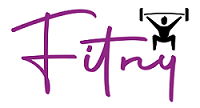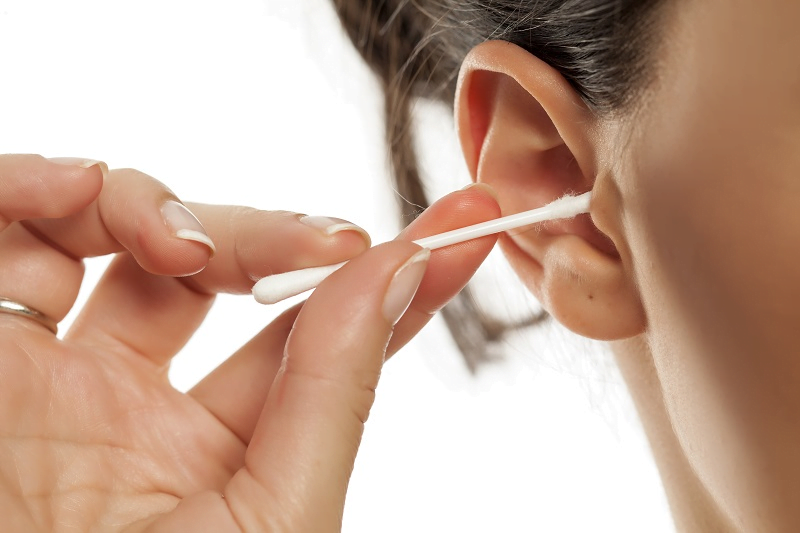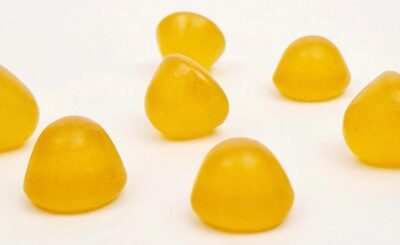Introduction
Earwax can be a source of embarrassment, but it’s also a natural part of your body and helps to keep your ears healthy. However, if you’ve ever noticed an excessive build-up of earwax or hear an audible “chirp” when you try to clean your ears, then it may be time for a visit to see your doctor. Ear infections aren’t uncommon in people with healthy ears, so if there’s any doubt about whether something is wrong with yours—or even if just one little bit of wax has somehow gotten stuck in there—go ahead and schedule an appointment with someone who knows exactly what they’re doing!
Why Do We Need Earwax?
The purpose of earwax is to protect your ears. It traps dirt, dust and other particles that could potentially damage the ear canal. But it also prevents bacteria from entering the ear canal.
In fact, some scientists believe that certain types of bacteria may be beneficial to our health if they’re present in healthy amounts in our bodies! For example: Some research has found that people who have more than six times as much earwax as others have less risk for developing hearing problems or tinnitus (ringing in their ears).
How Do I Know if My Ears are Clean?
When you can’t see any wax, your ears are probably clean. If, on the other hand, you can see some wax in your ear canal (and if it looks grayish or white), then it’s time for a cleaning session.
First, go ahead and insert a cotton swab into one of your ears and swirl around until you can’t feel anything else but cotton. If there isn’t any visible buildup there either—which means that all of the gunk has been washed away from within—then congratulations: You have just gotten rid of all traces of earwax!
Now that we’ve cleared up our first step in cleaning up our big ol’ pair(s), let’s move onto how best to get rid of dried out wax once and for all…
When Should I Clean My Ears?
When Should I Clean My Ears?
If you have a persistent earache, it’s best to see your doctor. But if you’re just having trouble hearing and want to clean your ears, here’s how:
How to Clean Your Ears Safely
- Use a cotton ball or pad.
- Never use a sharp object, such as a matchstick or other sharp object.
- Never use a cotton swab.
- Never use alcohol to clean your ears; it can cause serious damage to your ear drum, which is why you want to avoid it at all costs!
What About Q-Tips?
Q-Tips are a great tool for cleaning your ears, but they can be dangerous. They push ear wax further into the ear canal, which can cause infections and irritation. Also, because Q-Tips are so small and narrow, they’re easy to accidentally poke too far into the canal when you’re trying to clean it out.
It’s important that you take care with how you clean out your ears; if something goes wrong (like an infection), there may be no way back from that point!
How to Remove Ear Wax Manually
If you’re looking to clean your ears, but don’t have access to an eye dropper (or if you want to avoid exposing yourself to harmful chemicals), here’s how it’s done:
- Gently wipe the outer ear with a cotton swab. Be gentle, as pushing too hard could damage your eardrum and cause pain or hearing loss.
- Don’t use cotton swabs on the inside of your ear canal—it’s not recommended for use there because of the risk of infection and disease transmission! If possible, keep all tools away from those sensitive areas until after they’ve been washed thoroughly and rinsed thoroughly.
When to See a Doctor for Earwax Removal
If you experience any of the following symptoms, it’s important to see a doctor:
- Hearing loss
- Pain in your ear that doesn’t go away when you press on it or use an over-the-counter pain reliever like aspirin or ibuprofen (but don’t take these for more than two days without checking with your doctor first). If your ear pain lasts longer than two weeks and doesn’t improve with medication, see a doctor immediately.
- Discharge from your ear canal — discharge that looks like pus may be caused by an infection called otitis externa (external ear infection). A new infection can cause ringing in one or both ears; if so, contact your doctor immediately for treatment.
One of the best ways to clean your ears is also the simplest.
One of the best ways to clean your ears is also the simplest. You can use a cotton swab and dabbing alcohol, which will help remove any debris from your ear canal.
However, if you have sensitive skin, it’s best not to use alcohol directly on the outer part of your ear because it could cause irritation and redness. Instead, try using an alternative method such as using Q-tips or swabs instead of wipes (which tend to leave behind more bacteria).
Conclusion
Earwax removal is a part of life. It’s something we all do, whether or not you want to admit it. Earwax is basically dirt that gets trapped inside our ears and then builds up over time until you start noticing the buildup. If this sounds like an issue for you, then don’t worry! You can easily remove earwax safely with a few simple DIY methods before going to the doctor for any additional assistance needed in order to get rid of excess ear wax build-up permanently. For More information about ear wax visit https://earwaxspecialist.co.uk/








